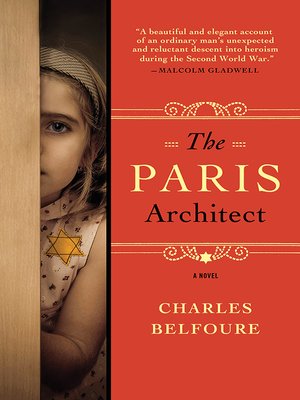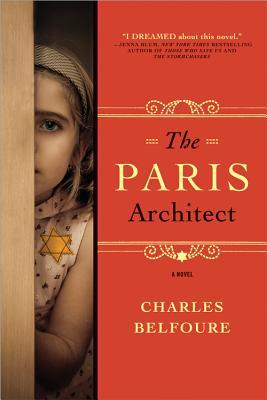

To be fair, this is not as egregious as One Thousand White Women by Jim Fergus. Speaking of detail, Belfoure put a lot of historical ones into the story despite some mistakes like using the word dumbass, which was not identified as a word until the late 1950s – nearly two decades after this book’s events. Even though I am not into architecture, it was still fun to learn. This explains how he goes into much detail about the buildings, rooms, and the hideouts. Since he feels that Lucien went so much out of his way to protect him, Pierre decides that he should do the same when he finds out that someone has been spying on the architect.Īdditionally, one could easily tell how much investment the author put into it. Pierre’s family was taken away from him and feels grateful for the architect being a fatherly figure. During the course of the novel, Lucien takes in a 12-year-old Jewish boy named Pierre. All of them have reasons for why they do what they do during the Occupation. The main characters (with the exception of Schlegal who is essentially a cartoon villain) are well developed. This was mainly because they wanted to survive, and if they were caught hiding Jews, they would have been executed by the Gestapo in one way or another. However, this was not because they were anti-Semitic (even though there was prior).

It depicts most French people as mainly apathetic to the Jewish situation. In addition, the novel brings up the moral ambiguities present during wartime. I wanted the Gestapo not to find them just so they could be safe. It got me emotionally invested, especially during the episodes when the Jewish people used the spaces that Lucien built. One can easily see how intriguing the plot is. However, when one of the hideouts goes terribly awry, and when the hidings become personal, Lucian can no longer deny the reality of the situation. As someone who is initially not empathetic to their plight, he accepts it to get some money and for the challenge. The Paris Architect involves Lucien Bernard, a gentile architect in Nazi-occupied Paris who is given a commission by a wealthy industrialist to design secret hiding spaces for Jewish people. The former was the case for The Paris Architect by Charles Belfoure. Sometimes, it is worth it, and other times, it is not. Every now and then, there is a book whose premise is so interesting that I feel the need to read it right there.


 0 kommentar(er)
0 kommentar(er)
